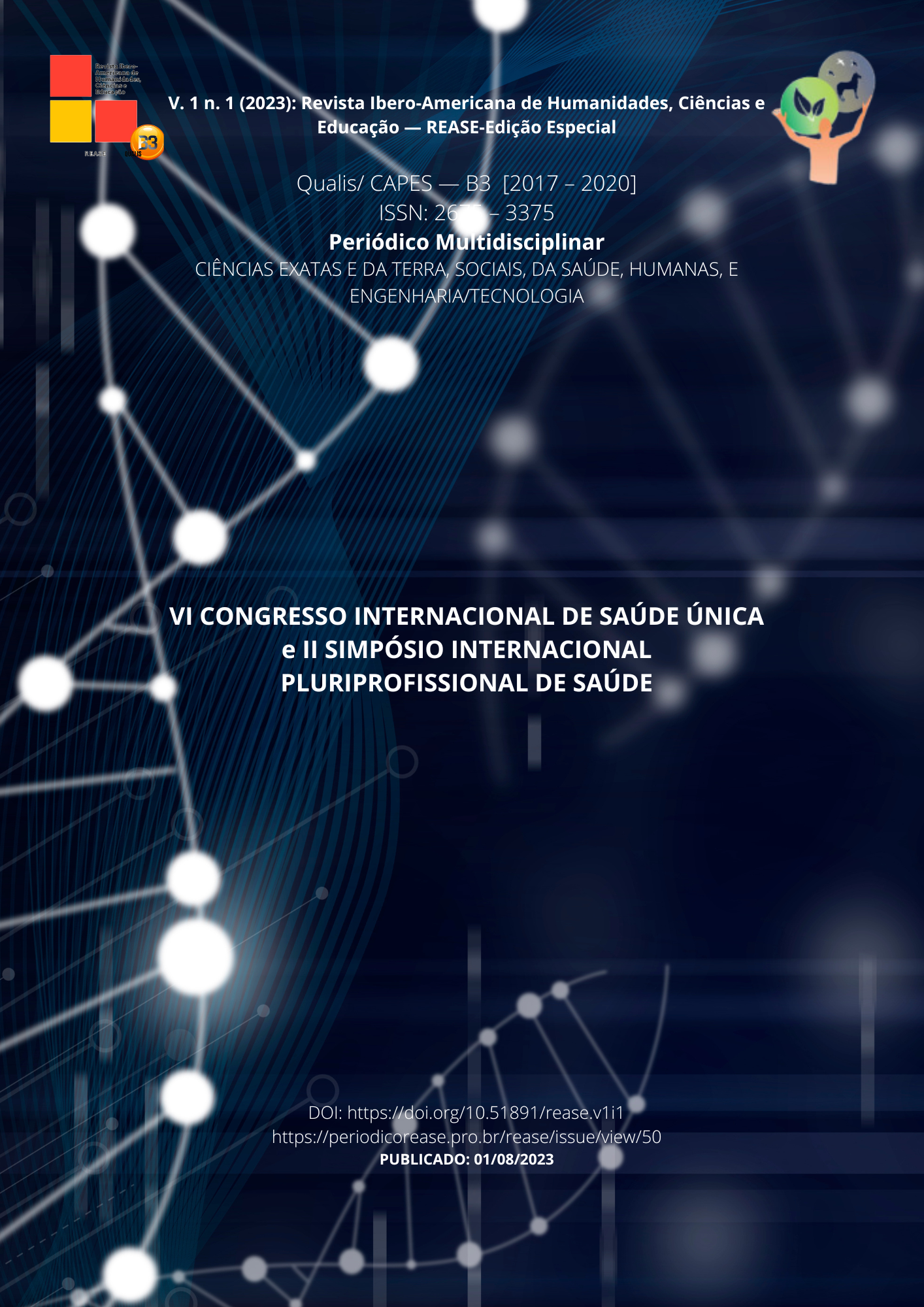ELABORATION OF A SLAUGHTERHOUSE PROJECT AS AN ACTIVE METHODOLOGY IN THE TEACHING OF INSPECTION AND TECHNOLOGY OF MEAT AND MEAT PRODUCTS: EXPERIENCE REPORT
DOI:
https://doi.org/10.51891/rease.v1i1.10512Keywords:
Education, Multidisciplinary, Veterinary Medicine.Abstract
In a globalized scenario, in which technology advances in a fast manner, education requires innovative practices and, in this context, active methodology is inserted. This technique breaks with the traditional teaching model, providing the student with independence to build their own knowledge. Thus, this study aimed to present an experience report on the application of active methodologies, which consisted in the elaboration of a slaughterhouse project, in the study of Veterinary Medicine, and to elucidate the impacts caused by this practice in the view of the student and of the professor. The execution of the project naturally stimulates the student's autonomy in the process of acquiring knowledge, as well as socialization, cooperation and teamwork, but, above all, the application of previously acquired technical content, evaluating the student's understanding and sedimentation of the information. Allied to this, multidisciplinarity requires the extension of the student's scope of action, which, consequently, stimulates the collective construction of knowledge of all those involved in the process. Therefore, the application of active methodologies in Higher Education proves to be a challenging alternative for the teaching-learning process, however, it is capable of causing strong changes in the educational process and, consequently, in society.
Downloads
Downloads
Published
How to Cite
Issue
Section
License
Atribuição CC BY

